- Chinese state-owned enterprises help the Philippines to build and build special projects to connect the Belt and Road Initiative

China's central enterprises have stepped into the Belt and Road Economic Network, and construction companies have successively helped overseas countries to carry out construction projects. This has not only improved the construction capabilities of China's central enterprises, but also promoted China's diplomatic relations with overseas countries, and more importantly, helped overseas countries' cities to undergo transformation. upgrade.

The Philippines is a developing country with complex population problems. The construction of large-scale projects to benefit the people can guarantee the people's livelihood. As an important hub of the Maritime Silk Road, the Philippines is also a natural partner in the joint construction of the Belt and Road Initiative. China supports the Philippine "Build, Build, Build" plan and attaches great importance to the alignment of development strategies between the two countries. The potential for pragmatic cooperation between the two countries is rapidly unleashing, cooperation projects in infrastructure and other areas have taken substantial steps, bilateral trade and investment have risen sharply, and China-Philippines pragmatic cooperation has accelerated and shifted, and the momentum is gratifying.
The "country of a thousand islands" Philippines has a unique geographical location and is a natural partner for the joint construction of the "Belt and Road". The leaders of China and the Philippines have repeatedly expressed their desire to increase the alignment of their development strategies. The Philippines’ “Build, Build, Build” program includes 75 flagship projects, about half of which require loans, aid and investment from China. At present, the Pasig River Bridge and Chikou River Irrigation Projects supported by China's gratuitous assistance and concessional loans have broken ground, such as the Kaliva Dam, Ping An Philippines, the Southern Route of the North-South Railway, the China-Philippines Industrial Park, and the Panay Island Cross-sea Bridge. , Davao Expressway and other projects are also progressing in an orderly manner, and are developing steadily with the help of China.
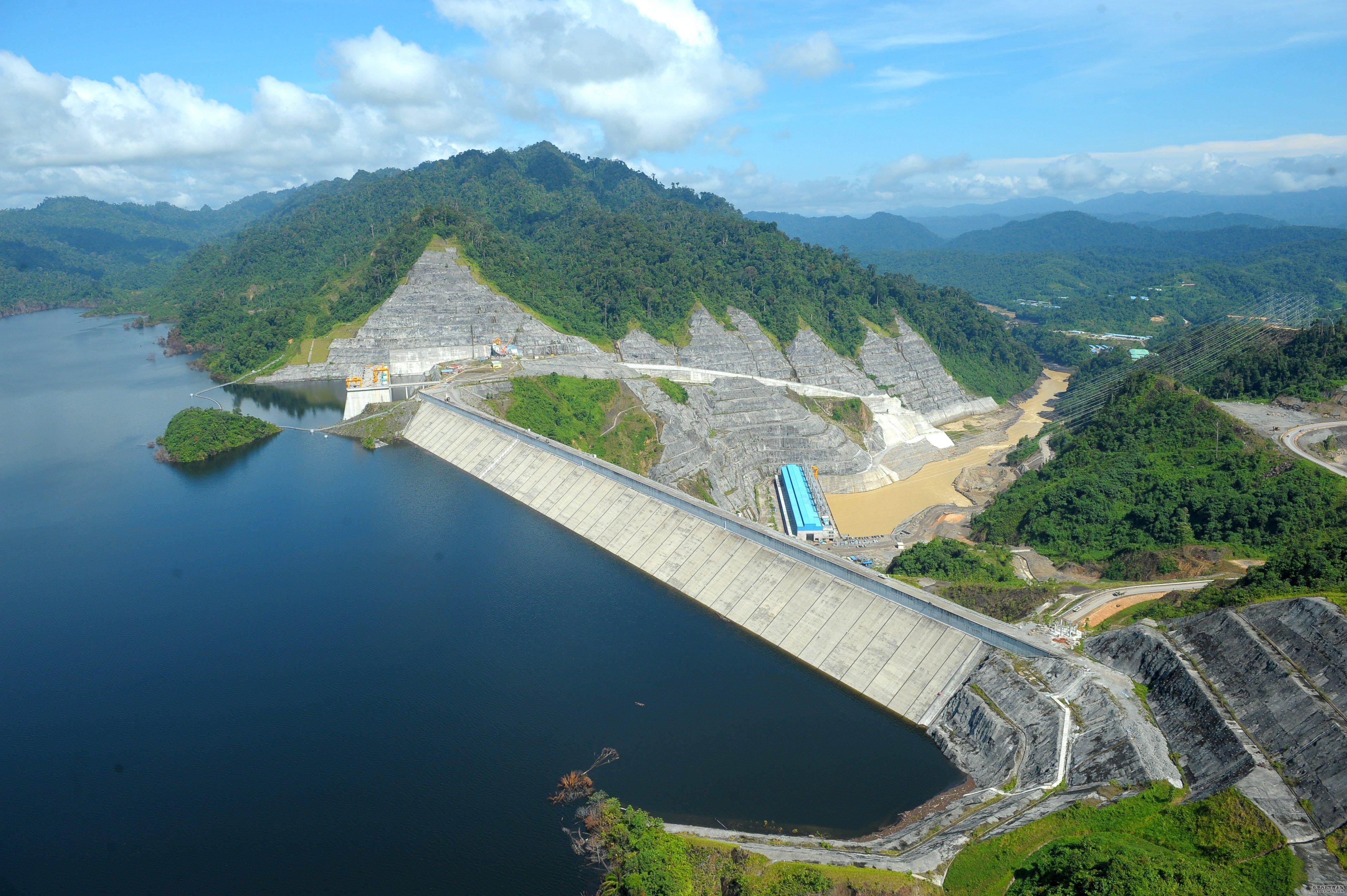
The Cagayan River Dredging Project built by China Railway in the Philippines has officially started. The Cagayan River is the largest river in the Philippines. It is located in the northern part of Luzon Island and flows into the Babyan Strait from south to north. It has a total length of 352 kilometers and a drainage area of 25,400 square kilometers. . The project undertaken by China Railway 21st Bureau Group is 145 million U.S. dollars. The project has been reviewed and approved by the Philippine Ministry of Environmental Protection. The overall construction plan will be designed in accordance with strict ecological protection standards. China Railway Construction Industry revealed that the implementation of the project will not only reduce disasters, but will also bring multiple benefits to the local area. First, it can drive local employment; second, the implementation of the project will indirectly drive the development of local supporting industries; third, from the perspective of regional development, the increase in river channel capacity will help promote Apari to become an active port city.
Binondo-Intramuros Bridge
The Binondo-Intramuros Bridge Project (BI Bridge) is one of the first two bridge projects provided by the Chinese government to the Philippines free of charge since the Philippine President Duterte took office. "Important projects under the plan. The BI bridge spans the banks of the Pasig River and connects Manila Chinatown and Intramuros. It is expected to be completed by the end of 2021. By then, the goal of opening 30,000 vehicles per day will be achieved, which will greatly ease the traffic between the Pasig River Chinatown and Intramuros. The current state of congestion. In addition, the unique design of the landscape arch bridge will make the B-I bridge one of the regional landmarks.

Another bridge project, the Esthera-Pantarien Bridge (E-P) project, which was built with Chinese free aid, has now completed 79% of the project and is expected to be completed and opened to traffic ahead of schedule in the first half of 2021. In addition, the Manila three bridge project with financing support from the Chinese side has signed a commercial contract at the end of 2020 and is expected to be implemented in the first half of 2021. Huang Xilian stated that China is willing to further deepen the integration of the “Belt and Road” initiative and the “Build, Build, Build” plan.
China Communications Construction won the bid for the Sangri International Airport project in the Philippines
China Communications Construction won the bid for the Sangri International Airport project in the Philippines. It is reported that the project investment is expected to be 208.5 billion pesos, equivalent to approximately 28.6 billion yuan. In the plan, the airport will cover an area of 1,500 hectares. To rebuild the original small airport, land reclamation is required to ensure the construction area. After the completion of the project, it can transport 130 million people every year, promote the migration of the Philippine population, vigorously develop the tourism industry and export of agricultural products, realize the transformation of its economy and industry, and increase the economic income of local residents. In 2017, the Philippine government, under the leadership of President Rodrigo Duterte, launched the “Build, Build, Build” infrastructure plan, which will spend between US$160 billion and US$180 billion on public transportation. The construction projects cover roads, bridges, airports, railways, ports, flood control facilities and other fields. Currently, many Chinese companies are participating in infrastructure construction projects in the Philippines.
"Memorandum of Understanding on Co-construction of the Belt and Road Initiative"
The signing of this project has enabled the Philippines to formally join the Belt and Road circle of friends. China and the Philippines will carry out more and deeper cooperation under the framework of the Belt and Road Initiative, and put more ideas into action. Of the 29 cooperation documents signed this time, more than one-third involved infrastructure construction. One of the industrial park renovation projects of up to US$2 billion (approximately RMB 13.9 billion) may become Duterte’s total One of the largest projects in the $180 billion "Build, Build, Build" plan. Philippine Base Conversion and Development Agency (BCDA) Chairman Vicencio Dizon said that once these industrial enterprises settle in, it will bring thousands of jobs. "I believe that in the future, the Filipino people will feel the cooperation between the two countries. Infrastructure projects brought convenience to their lives. "Duterte said. Luo Yongkun, a scholar at the China Institute of Modern International Relations, said that for the Philippines, development interests are the priority. The Philippines needs to cooperate with China in promoting domestic interconnection and regional interconnection. China’s large-scale, special-built plan needs to be connected with China’s One Belt One Road initiative. In the future, whether political, economic, security or cultural exchanges, China and the Philippines will strengthen all-round cooperation in a large region with broad prospects.
Build, Build, Build
The Belt and Road Initiative is a development initiative that has not been seen in the international economic field for decades. It aims to build infrastructure and other development networks to connect with relevant countries. The Philippines "full support for the Belt and Road Initiative." The visiting Philippine Finance Minister Carlos Dominguez said that the construction of the Belt and Road Initiative will enable us to continuously strengthen interconnectivity and complete it in a more efficient manner and at a lower logistics cost. Import and export trade, there are more opportunities to enter the relevant market. It is believed that the Philippines will benefit from this initiative. The construction of the Belt and Road Initiative will help increase the Philippines’ fiscal revenue, facilitate customs clearance, promote trade, and increase tax revenue.” The Philippines’ Central Bank Deputy Governor Diwa Guinigando said that the Philippines is positive. Participated in the process of RMB internationalization and issued panda bonds worth RMB 1.46 billion in the Chinese bond market in March 2018 to raise funds for domestic infrastructure projects.

The Philippine Minister of Energy Alfonso Cousy pointed out that the current cooperation between China and the Philippines is between governments and enterprises. China International Mining Petroleum Co., Ltd. holds the Philippine Petroleum Service Contract No. 49 to carry out oil and gas exploration in Alegria City, Cebu Province. CNOOC has cooperated with Philippine companies to build liquefied natural gas receiving stations and gas-fired power plants. The Belt and Road Initiative and the "Build, Build, Build" plan have been transformed into specific projects in various fields during the specific docking process. At the first China International Import Expo, Philippine exhibitors achieved sales of 124 million U.S. dollars, far exceeding the target of 50 million U.S. dollars. In November last year, China and the Philippines reached nearly 30 cooperation agreements covering infrastructure construction, energy, agriculture, finance, customs and other fields. The signing of these agreements demonstrates the unprecedented vitality and new atmosphere of bilateral cooperation, and will bring more tangible benefits to the people of the two countries.
The future development direction of the Philippines
The Belt and Road Initiative drives the Philippines' large-scale construction and special construction. While it brings more development opportunities, it will also bring no small challenges. First of all, the construction of the One Belt One Road has strengthened exchanges between countries and intensified competition between countries. The strengthening of economic, political and cultural exchanges between countries will also have an impact on local culture. With the deepening of economic and technological cooperation, whether the Philippines can further meet the requirements of other countries for its manufacturing and other aspects is also a big problem. The Belt and Road Initiative has closely linked all countries together, and while strengthening exchanges, it has also strengthened the impact of changes in other countries’ policies on their own countries. In the future construction, China and the Philippines should strengthen cooperation to achieve mutual benefit and win-win results, and jointly create the glory of the Philippines' policy of large-scale construction and special construction.Editor/Xing Wentao
Comment
 Praise
Praise
 Collect
Collect
 Comment
Comment
 Search
Search


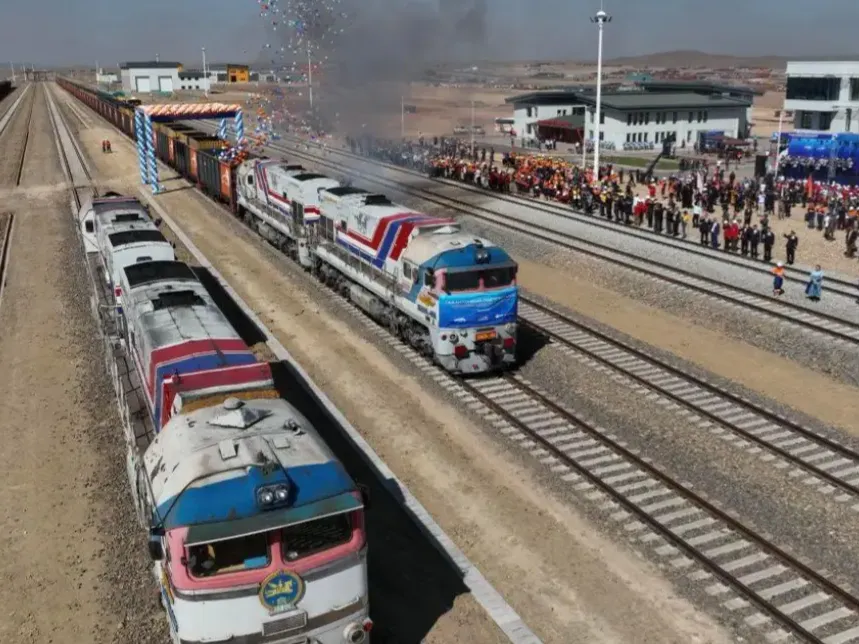
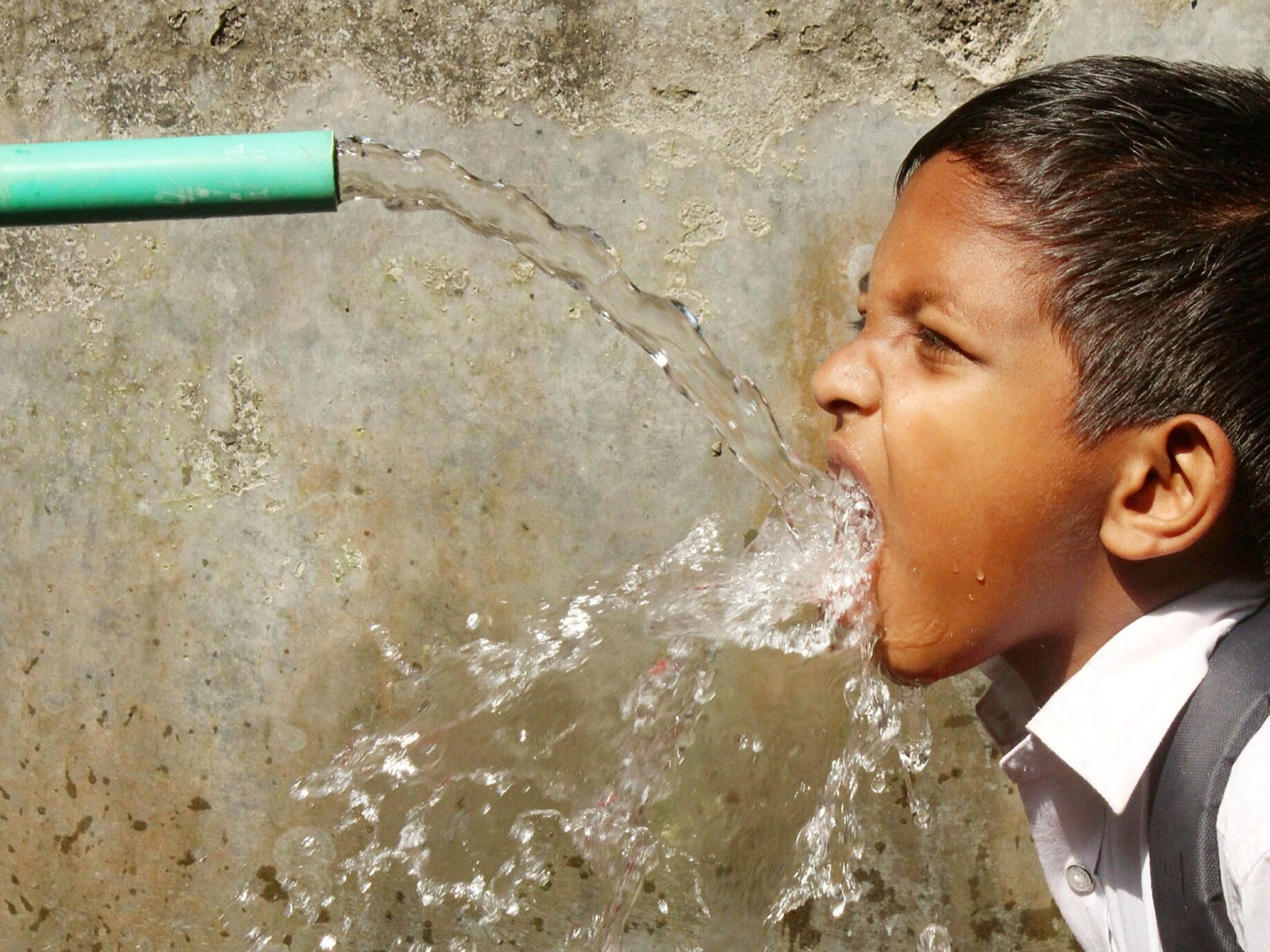
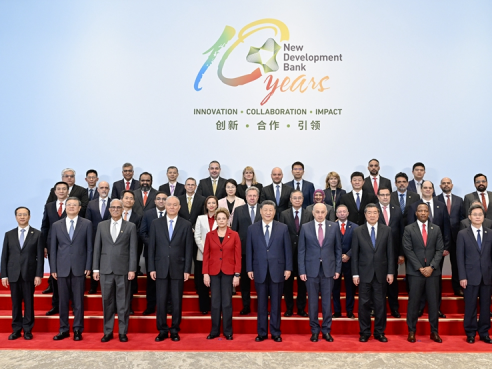
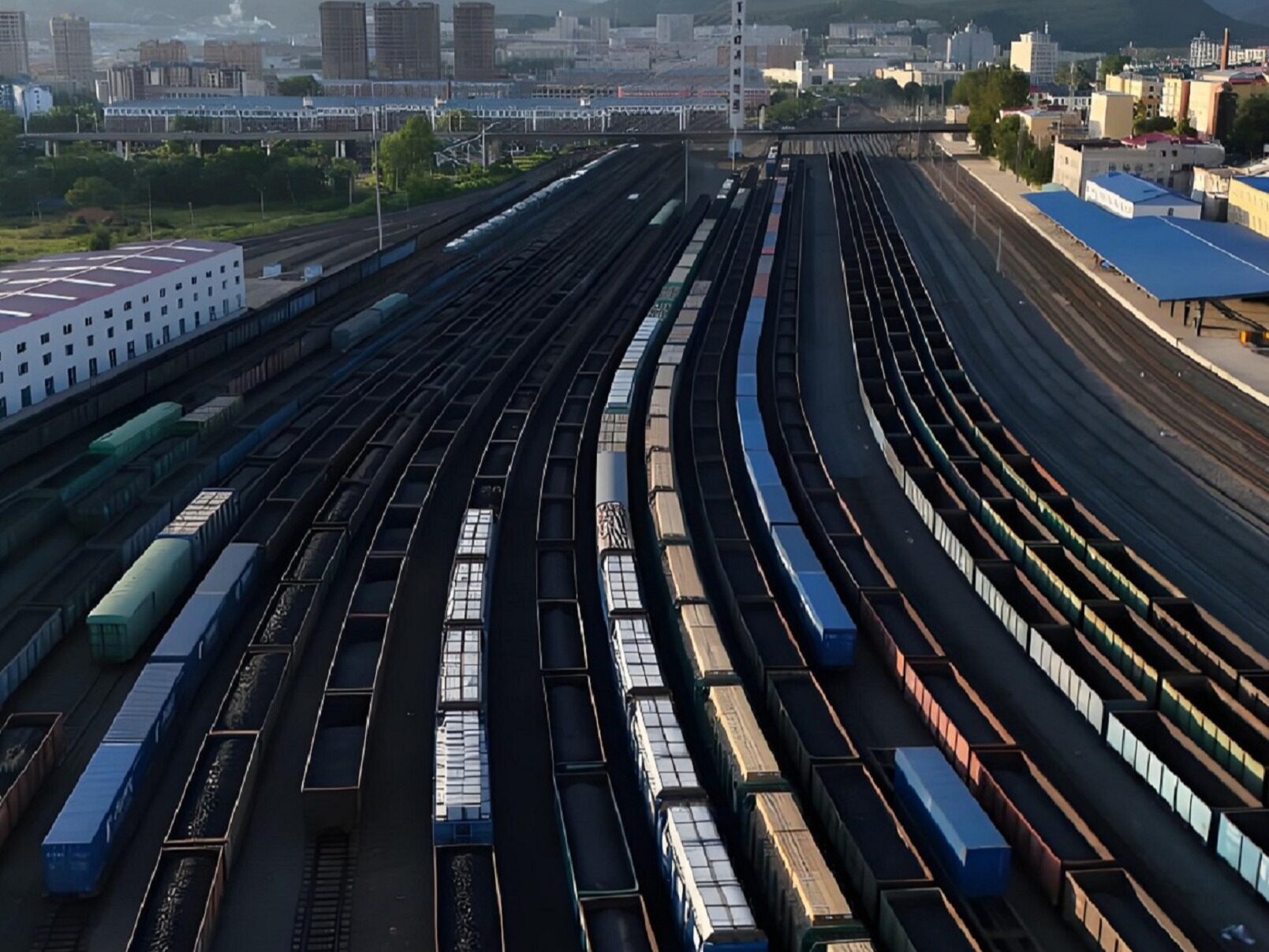
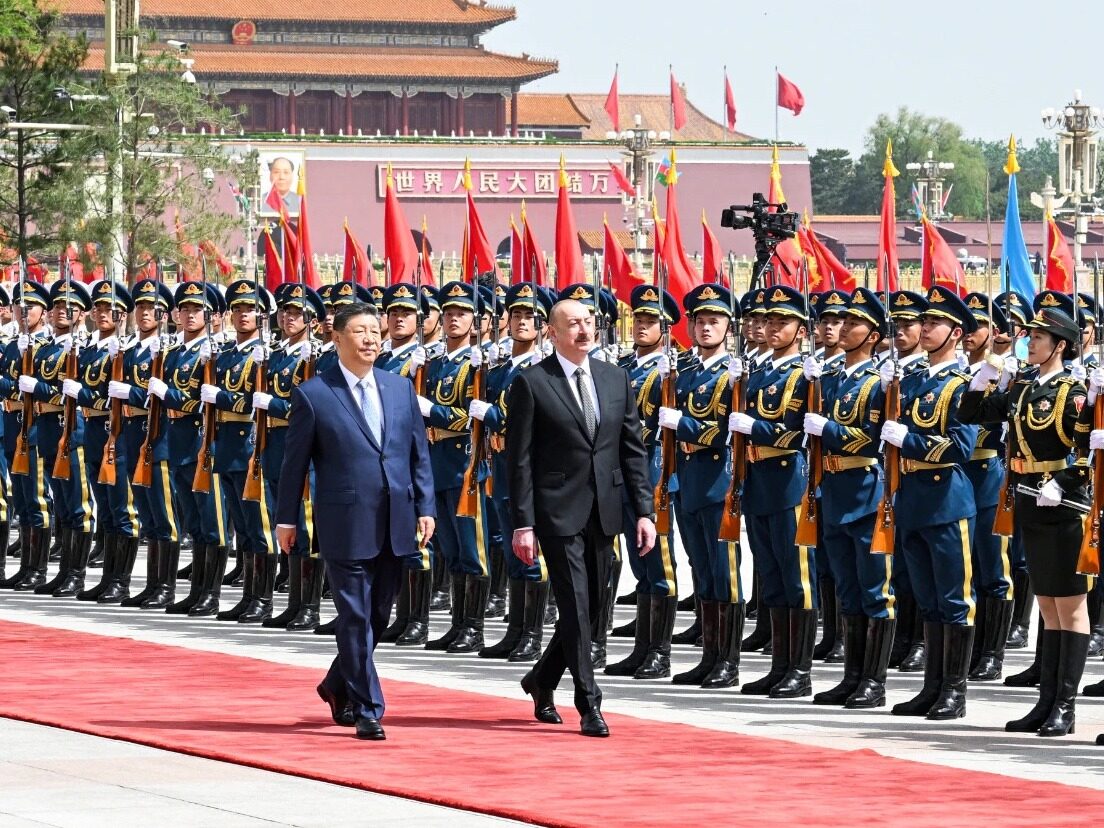
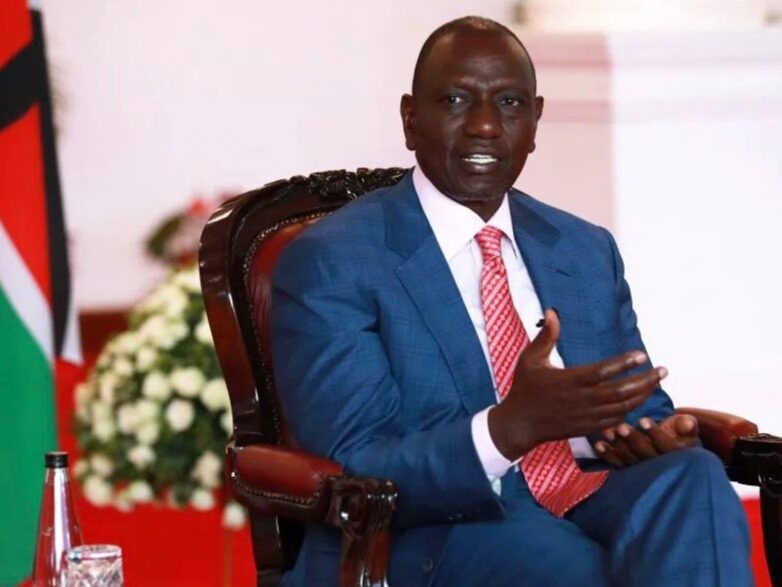






Write something~